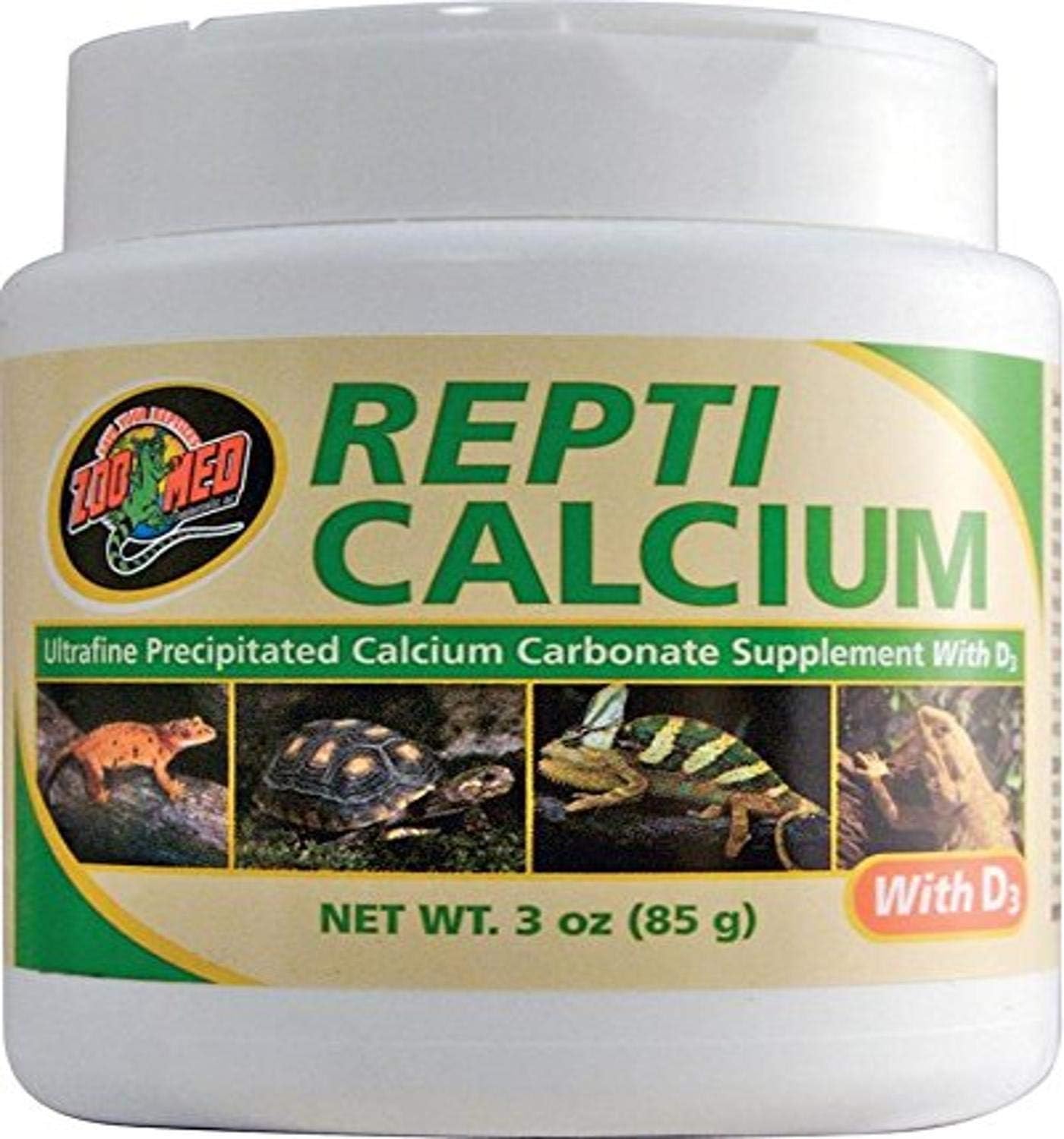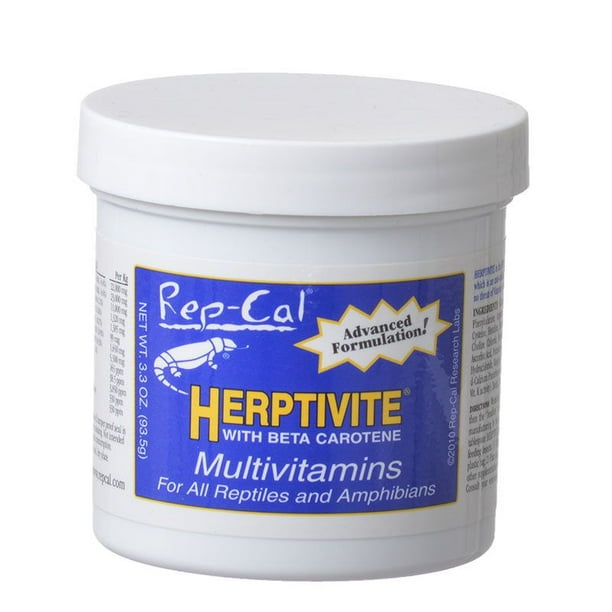Valsecchi
Member
Hello everyone!
I just recently set up and purchased a Chameleon, and I want to do the best I can for this little guy. I have some questions I can't find answers to and I'm hoping the community can assist me!
Here are some pictures for a visual:


If there is anything wrong with my set up you can notice right off the bat (or at all), please let me know asap and perhaps a way to correct it!
Some notes:
- I am looking for a Devil's Ivy plant to put at the bottom-center position. Hopefully will have soon
- I have a basking light, a night heat lamp, and a regular light. Both heat lights are 100W, and the regular light is a 5.0 UVB (13 W tropical).
- I have a hydrometer and a thermometer. The Thermo is placed on the upper half of the cage in the back, and the hydro is just a smidge below center.
- I have 2 live plants planted on the bottom, one is a jasmine and the other is a codaeum(croton) plant. The rest are fake.
- The cage is placed in the corner of the room about a foot or two away from the window. I placed it here since it doesn't get as cold as the windowless part of the room.
- I am using a mister and a humidifier.
- The table he is on is temporary until I find one which I can slid a tub under and allow drainage by putting small holes in the bottom. I wipe the bottom clean at least once every day to pick up excess moisture + I have a bowl to catch water from the dripper so as not to drown the bottom of the cage.
Questions:
- For dusting crickets, how much dust should I use? I don't want to under or over do it.
- I live in a very dry state, and the temperatures here can fluctuate sometimes wildly. I currently have both the night and day heat on simply because the house temperature has been reaching below 60F. Even with both on, I am still only getting to around 75F-80F. Is there a way to increase these temperatures?
- As stated above, I also have issues with keeping the humidity up. I am hoping the Devil's Ivy plant will help me out, but other than putting a film around the cage, are there any other options to getting the humidity up? I spray the cage with water at least 2-3 times a day and I keep the humidifier + mister going.
- Speaking of which, I read that its not good to keep those two running 24 hrs, but given that I haven't gone over 50% humidity, is it better to keep them going until I can raise it? My little guy seems to prefer climbing among the foliage and staying at the top of the cage, which makes sense. But he has some shed on his forehead I worry he's having trouble getting off due to low humidity.
That's it for now...I feel this is long enough. Any help is appreciated! <3
I just recently set up and purchased a Chameleon, and I want to do the best I can for this little guy. I have some questions I can't find answers to and I'm hoping the community can assist me!
Here are some pictures for a visual:
If there is anything wrong with my set up you can notice right off the bat (or at all), please let me know asap and perhaps a way to correct it!
Some notes:
- I am looking for a Devil's Ivy plant to put at the bottom-center position. Hopefully will have soon
- I have a basking light, a night heat lamp, and a regular light. Both heat lights are 100W, and the regular light is a 5.0 UVB (13 W tropical).
- I have a hydrometer and a thermometer. The Thermo is placed on the upper half of the cage in the back, and the hydro is just a smidge below center.
- I have 2 live plants planted on the bottom, one is a jasmine and the other is a codaeum(croton) plant. The rest are fake.
- The cage is placed in the corner of the room about a foot or two away from the window. I placed it here since it doesn't get as cold as the windowless part of the room.
- I am using a mister and a humidifier.
- The table he is on is temporary until I find one which I can slid a tub under and allow drainage by putting small holes in the bottom. I wipe the bottom clean at least once every day to pick up excess moisture + I have a bowl to catch water from the dripper so as not to drown the bottom of the cage.
Questions:
- For dusting crickets, how much dust should I use? I don't want to under or over do it.
- I live in a very dry state, and the temperatures here can fluctuate sometimes wildly. I currently have both the night and day heat on simply because the house temperature has been reaching below 60F. Even with both on, I am still only getting to around 75F-80F. Is there a way to increase these temperatures?
- As stated above, I also have issues with keeping the humidity up. I am hoping the Devil's Ivy plant will help me out, but other than putting a film around the cage, are there any other options to getting the humidity up? I spray the cage with water at least 2-3 times a day and I keep the humidifier + mister going.
- Speaking of which, I read that its not good to keep those two running 24 hrs, but given that I haven't gone over 50% humidity, is it better to keep them going until I can raise it? My little guy seems to prefer climbing among the foliage and staying at the top of the cage, which makes sense. But he has some shed on his forehead I worry he's having trouble getting off due to low humidity.
That's it for now...I feel this is long enough. Any help is appreciated! <3






